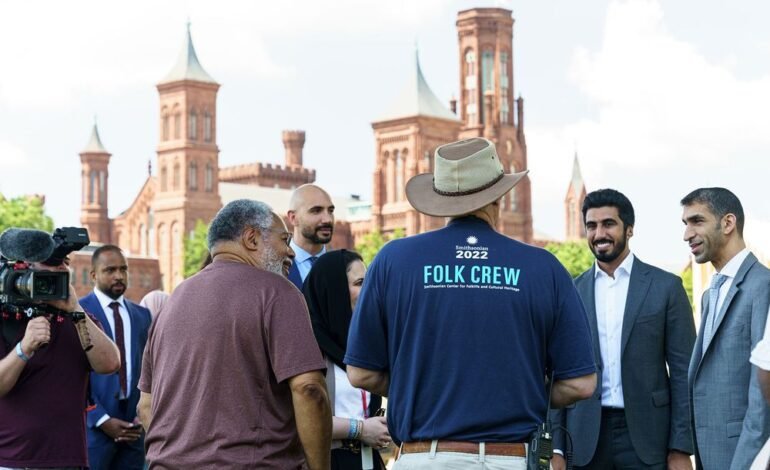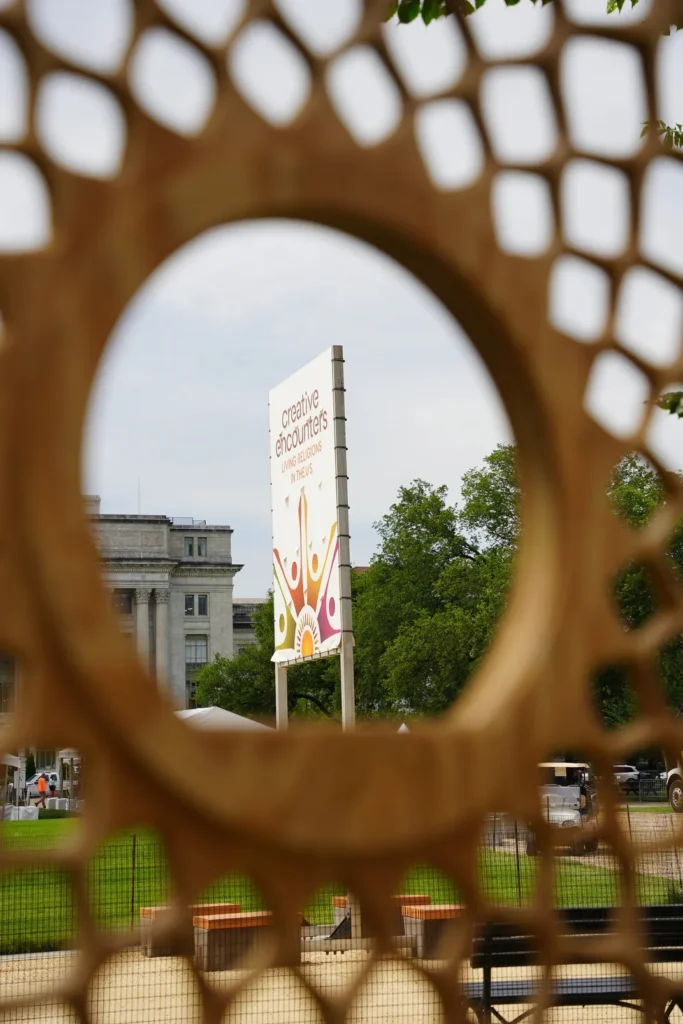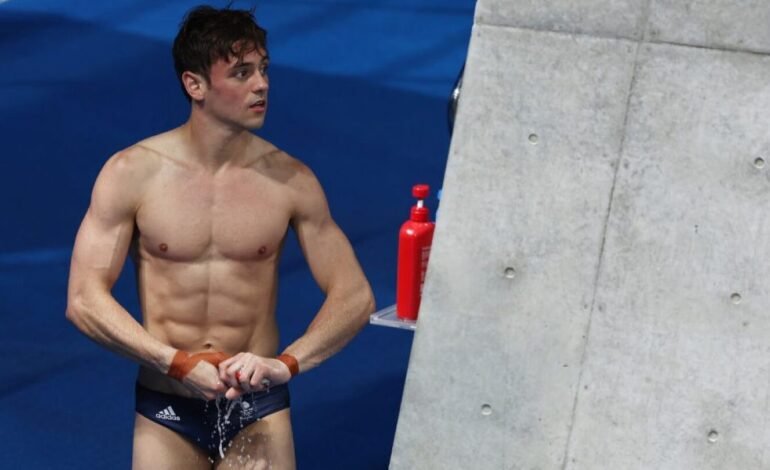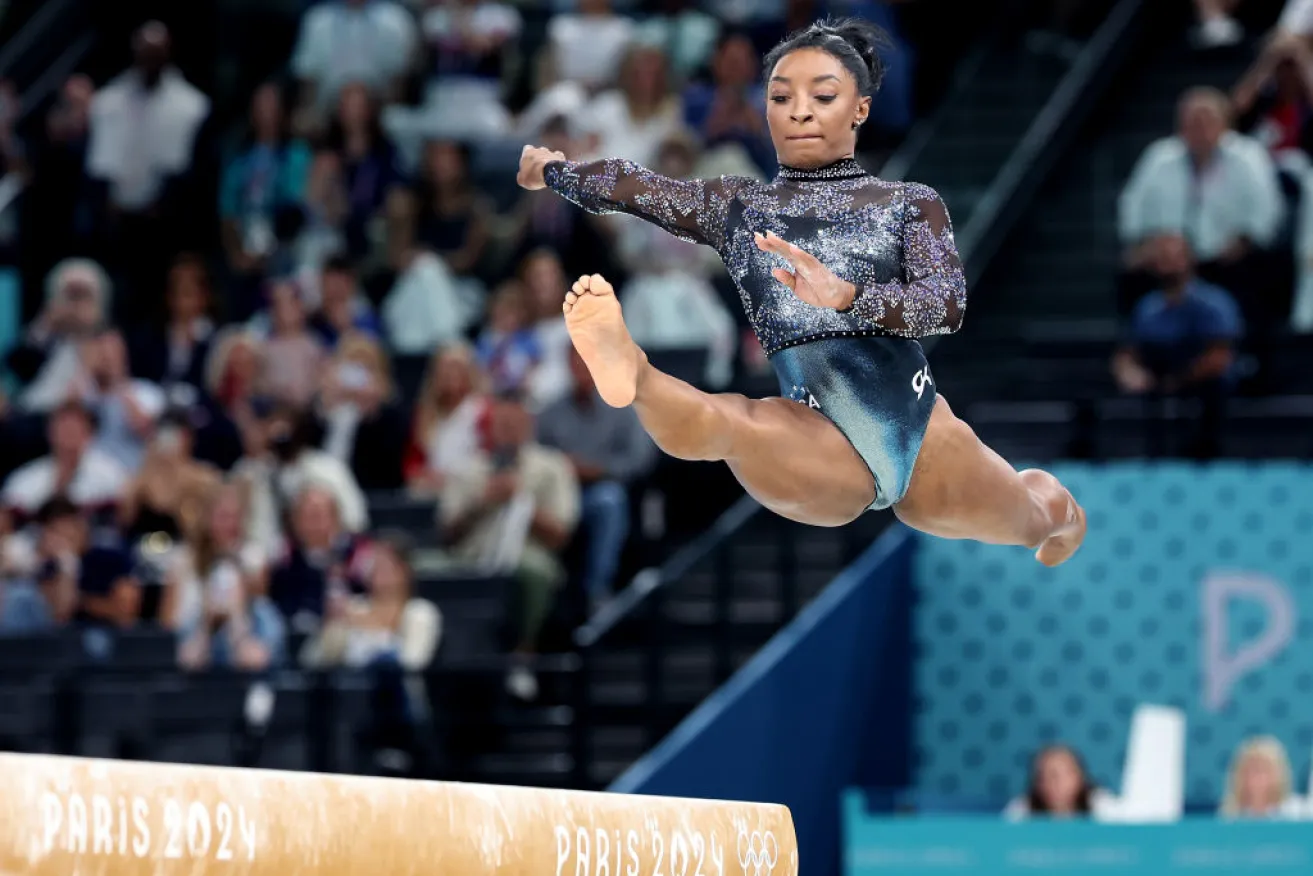
The Folklife Festival and the Rich Diversity of American Identity
I first attended the Folklife Festival in 1976, during the nation’s bicentennial. That summer-long festival on the National Mall was a unique event featuring programs from every state and territory. It was an eye-opening experience, showcasing the incredible cultural diversity of America. From French-Canadian loggers in Maine to Navajo code talkers and Appalachian clogging groups, the festival highlighted the rich tapestry of American culture.
That festival taught me that culture is fluid and central to our American identity. It wasn’t about seeing these diverse communities as exotic, but recognizing them as integral parts of who we are as a nation.
The Folklife Festival started ten years earlier, when Jim Morris, Director of Museum Services and later the Smithsonian’s Division of Performing Arts, proposed the idea to Secretary S. Dillon Ripley. The goal was to bring the Smithsonian’s collections out of the museums and onto the Mall. It was a time when festivals were becoming a major cultural expression, with events like Woodstock, Monterey, and Newport.
Morris enlisted folklorist Henry Glassie and musician Ralph Rinzler (who had ties to the Newport Folk Festival) to co-curate the event. Rinzler brought the music festival vibe, while Morris added a touch of theatrical sophistication.
Sabrina Motley, the current director of the Folklife Festival, describes it as a mix of “spectacle and intimacy.” This blend of grassroots festival energy and the Smithsonian’s resources has made the Folklife Festival the largest annual cultural event in the U.S. capital.
From its inception, the festival was tied to the Fourth of July and reflected the cultural and social movements reshaping the country. It emerged during a time of intense national debate and change, including the Vietnam War and identity politics. These themes are still relevant today in both the nation and the festival.

The 1976 festival was a turning point, solidifying the Folklife Festival as a Smithsonian and national treasure. Thanks to a network of folklorists and local programs, the festival’s impact lasts well beyond the event itself, promoting cultural preservation by bringing communities to a national stage.
The festival has always asked critical questions: Who has a claim to the American promise? Whose voices are missing? What community expressions deserve a place on the National Mall?
When discussing patriotism, Motley emphasizes the importance of dissent and challenge alongside celebration. The festival embodies this sentiment, showcasing the nation’s diverse cultural and social movements, even those from marginalized communities.

Cliff Murphy, Director of the Smithsonian Center for Folklife and Cultural Heritage, sees patriotism as being proud and honest about who we are, including acknowledging our shameful history. The festival presents the complexity of the United States, providing a space for people to engage in ways they might not elsewhere.
The National Mall, steeped in history, has long been a place for people to demand to be heard. Hosting the festival here acknowledges the diverse communities that contribute to the American experience.
The festival’s thematic organization reflects the impossibility of representing the entire nation’s diversity in just ten days. Instead, it focuses on select communities each year. In 2023, the festival features “The Ozarks: Faces and Facets of a Region” and “Creative Encounters: Living Religions in the U.S.”
The Ozarks program explores the region’s cultural diversity, with representation from various groups including the Marshallese, Latinx immigrants, and the Cherokee Nation. The program showcases their stories through music, dance, quilting, gardening, mountain biking, and more.
Creative Encounters explores religious traditions and the creativity that stems from spiritual experiences. Lead curator Michelle Banks acknowledges the personal nature of spirituality but highlights the festival’s ability to connect people through storytelling. This year, the festival includes a remembrance space for collective mourning and joyful rituals like food, music, and dance.
Ultimately, the Folklife Festival aims to create encounters between diverse groups, fostering connections that might not happen otherwise. What emerges from these encounters is for each participant to discover.






